2017
Type of resources
Available actions
Topics
Keywords
Contact for the resource
Provided by
Years
Formats
Representation types
Update frequencies
status
Service types
Scale
Resolution
-
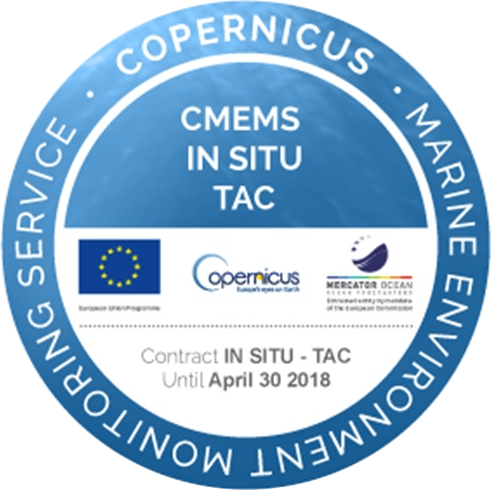
The in-situ TAC integrates and quality control in a homogeneous manner in situ data from outside Copernicus Marine Environment Monitoring Service (CMEMS) data providers to fit the needs of internal and external users. It provides access to integrated datasets of core parameters for initialization, forcing, assimilation and validation of ocean numerical models which are used for forecasting, analysis and re-analysis of ocean physical and biogeochemical conditions. The in-situ TAC comprises a global in-situ centre and 6 regional in-situ centres (one for each EuroGOOS ROOSs). The focus of the CMEMS in-situ TAC is on parameters that are presently necessary for Copernicus Monitoring and Forecasting Centres namely temperature, salinity, sea level, current, waves, chlorophyll / fluorescence, oxygen and nutrients. The initial focus has been on observations from autonomous observatories at sea (e.g. floats, buoys, gliders, ferrybox, drifters, and ships of opportunity). The second objective was to integrate products over the past 25 to 50 years for re-analysis purposes... Gathering data from outsider organisations requires strong mutual agreements. Integrating data into ONE data base requires strong format standard definition and quality control procedures. The complexity of handling in situ observation depends not only on the wide range of sensors that have been used to acquire them but, in addition to that, the different operational behaviour of the platforms (i.e vessels allow on board human supervision, while the supervision of others should be put off until recovering or message/ping reception)°
-

Frise chronologique des millésimes de modes d'occupation des sols produits par les régions françaises et par le programme Corine Land Cover.
-
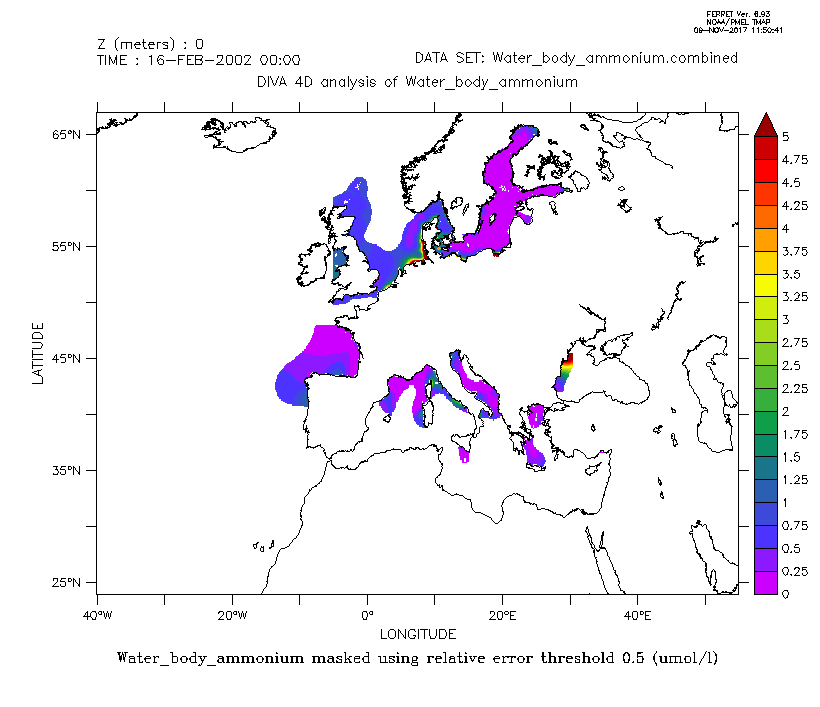
Combined product of Water body ammonium based on DIVA 4D 10-year analysis on five regions : Northeast Atlantic Ocean, North Sea, Baltic Sea, Black Sea, Mediterranean Sea. The boundaries and overlapping zones between these five regions were filtered to avoid any unrealistic spatial discontinuities. This combined Water body ammonium product is masked using the relative error threshold 0.5. Units: umol/l.
-
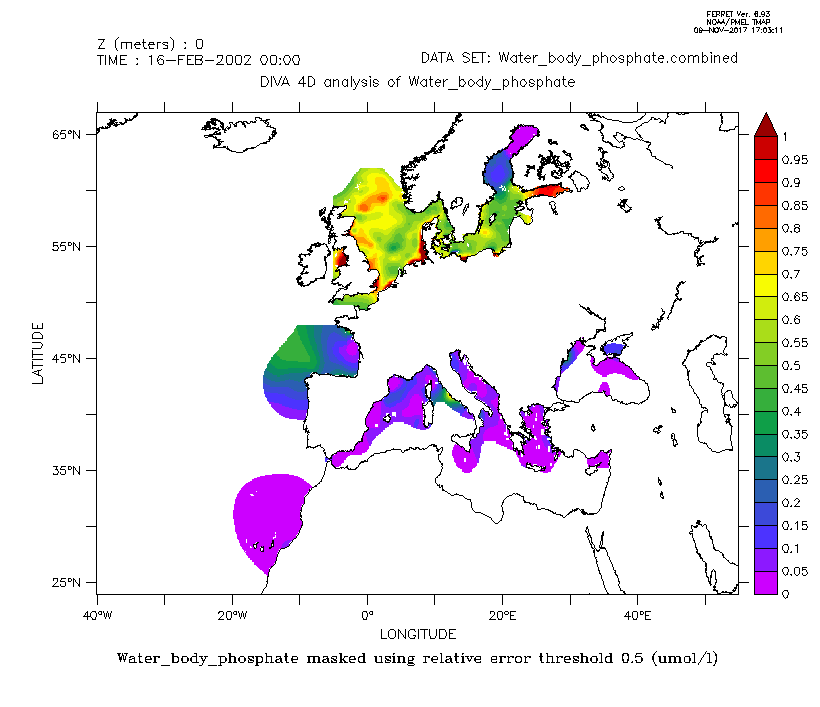
Combined product of Water body phosphate based on DIVA 4D 10-year analysis on five regions : Northeast Atlantic Ocean, North Sea, Baltic Sea, Black Sea, Mediterranean Sea. The boundaries and overlapping zones between these five regions were filtered to avoid any unrealistic spatial discontinuities. This combined water body phosphate product is masked using the relative error threshold 0.5. Units: umol/l
-
Dans un contexte marqué par de fortes mutations de l’environnement économique et social, le ROME (Répertoire Opérationnel des Métiers et des Emplois) est un outil au service de la mobilité professionnelle et du rapprochement entre offres et candidats. En décembre 2016, les référentiels de compétences du ROME évoluent afin d'améliorer la transversalité lors du rapprochement entre l'offre et la demande. Cette évolution consiste à : • réorganiser les compétences en savoir-faire et savoirs • reformuler les libellés en les simplifiant et les décontextualisant. --- Etat de la disponibilité de la donnée : - Data.gouv : donnée téléchargeable au format excel et mise à jour trimestrielle.
-
Le Répertoire National des Associations (RNA) contient l’ensemble des associations relevant de la loi 1901, à savoir toutes les associations de France, dont le siège est déclaré en métropole ou dans les départements d’outre-mer, sauf dans les départements de la Moselle, du Bas-Rhin et du Haut-Rhin, qui relèvent du régime du Concordat. Le RNA contient également les associations reconnues d’utilité publique (dites "ARUP"). Les associations relevant de la loi 1901 sont déclarées en préfecture ou en sous-préfecture (au greffe des associations) : la création et les changements de statuts, tels que la modification du nom, du siège, des dirigeants, etc. doivent être déclarés et sont mis à jour dans la base du RNA. La mise à jour est effective une fois les données validées par le greffe ou suite à la publication au Journal officiel des associations et des fondations d’entreprise (JOAFE) d’une création, d’une dissolution (obligatoire) ou d’un changement de situation (publication au JOAFE non obligatoires). --- Etat de disponibilité de la donnée : - Data.gouv : donnée téléchargeable au format csv et mise à jour mensuelle.
-
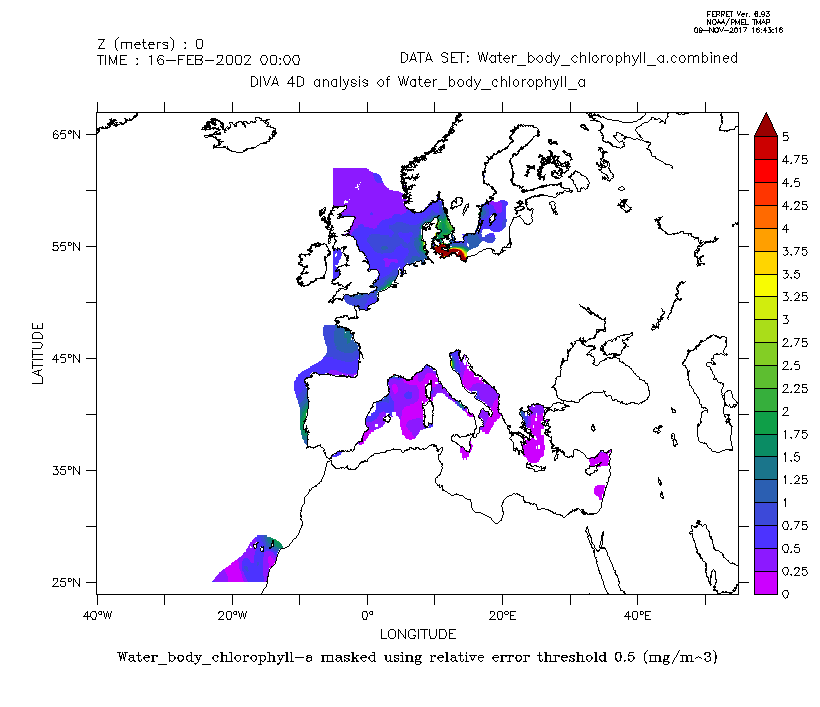
Combined product of Water body chlorophyll a based on DIVA 4D 10-year analysis on five regions : Northeast Atlantic Ocean, North Sea, Baltic Sea, Black Sea, Mediterranean Sea. The boundaries and overlapping zones between these five regions were filtered to avoid any unrealistic spatial discontinuities. This combined Water body chlorophyll a product is masked using the relative error threshold 0.5. Units: mg/m^3. Created by 'University of Liege, GeoHydrodynamics and Environment Research (ULg-GHER)'.
-
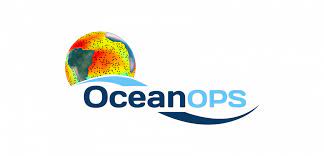
The Joint WMO-IOC Technical Commission for Oceanography and Marine Meteorology Observing Programmes Support Centre, provides technical coordination at international level for the sustained elements of the Global Ocean Observing System. The Centre monitors in real-time the status of the observing networks and provides a toolbox to evaluate their performance and optimize their implementation and data flow. Currently OceanOPS monitors the Argo profiling floats, the DBCP surface drifters, coastal and tropical moorings, ice buoys, tsunami buoys, the OceanSITES moorings time-series, the GO-SHIP hydrographic reference lines, the SOT mat/ocean ship based observations and the GLOSS sea level tide gauges. A number of other observing systems are being added gradually, including ocean gliders, polar systems, marine mammals and potentially HF radars.
-
Ce jeu de données donne la liste des campings du département de la Gironde, potentiellement exposés en cas de risque majeur.
-

Localisation et description des sentiers de randonnées (GR, PDIPR, itinérance à pied, chemin local,sans classement). Localisation et description des tronçons (accessibilité/nature du sol/état...). Bornes/mats (description/état/historique des interventions...) Mobiliers (description/état/historique des interventions...)
 Catalogue PIGMA
Catalogue PIGMA